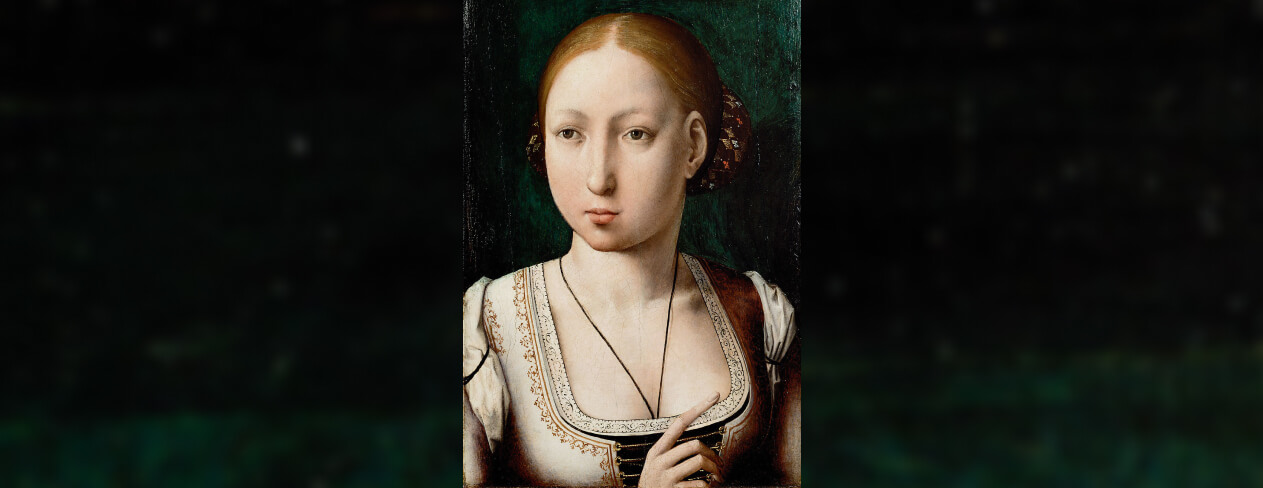
Joanna of Castile, known to history as “the Mad”, died on 12 April 1555. She was highly intelligent and well educated in languages, philosophy, mathematics, law, and the arts.
As the daughter of the Catholic Monarchs, Isabella I of Castile and Ferdinand II of Aragon, she married Philip, the son of Emperor Maximilian I. The alliance was designed to counterbalance the growing power of France. From their marriage came two sons who would become emperors, and four daughters who became queens of Hungary, Denmark, Portugal, and England.
Several unexpected deaths in Joanna’s family made her the heiress to both her parents’ kingdoms, placing her at the centre of her father’s and husband’s political ambitions. Ferdinand and Philip could legally control the kingdoms only by sidelining Joanna under the pretext of her unfitness to rule. She found herself caught between the hammer and the anvil — systematically deceived, kept in isolation, and declared incompetent by both men.
After Philip’s death in 1506, Ferdinand took control of Castile. Upon his own death in 1516, Joanna’s son Charles was old enough to declare himself king of both Spanish kingdoms. Rather than restoring his mother’s legal rights, Charles had her confined to the royal palace of Tordesillas, where she remained for the rest of her life.
So — was Joanna truly “mad”? Hardly. She was, rather, a victim of systematic manipulation and shocking injustice, orchestrated by those closest to her. It is no surprise that the situation eventually affected her mental health — but this was clearly a consequence of the prolonged rejection she endured, not the cause of it.
Access to the Metatext via placing an order for an augmented product. See Terms of Use